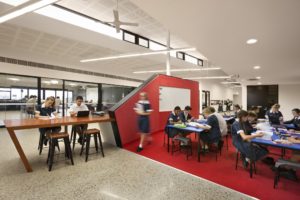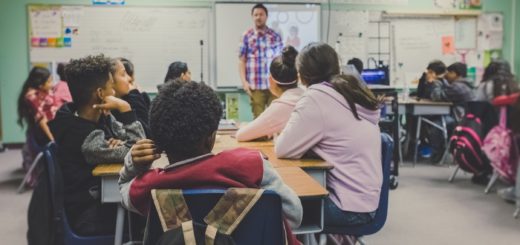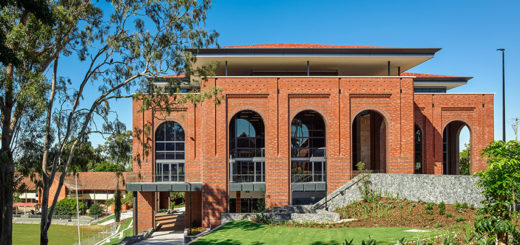Do you see what I see?

In this guest post Fiona Young, Architect and PhD candidate with the ILETC Project outlines the findings just published in an article – The affordances of innovative learning environments for deep learning: educators’ and architects’ perceptions in the Australian Educational Researcher.
If architects are trained to understand space, and educators see through the lens of teaching and learning then how do we know that space and learning are in alignment when it comes to the design of schools?

In my research I considered the question of what teachers and architects ‘see’ in a series of five case studies of primary and secondary schools across Australia and New Zealand in November 2017. Both traditional learning spaces and ILEs were included in the study in order to see whether architects and educators perceive the same or different affordances in these spaces, and what the affordances that were perceived were.
Outcomes from the study included a taxonomy of affordances associated with space, objects and people. A series of 43 different affordances were identified by participants which relate qualities of space with the action possibilities which they enable. Key affordances associated with different teaching and learning approaches (including team teaching, interdisciplinary learning, collaborative learning and student deep learning) were also identified by each profession showing a difference in the perceptions of architect and educator participants.

St Francis Xavier College, Hayball Architects.
The differences revealed through this study between professional perceptions of those who design schools, with those who work in schools, highlights the importance of the involvement of educators in the design of new learning environments. It also reinforces the need for an affordance-based lexicon in order to ensure that both professions share a common understanding of the action possibilities desired within spaces, and correlating spatial qualities and features which have the potential to enable these.
Full details of the research and findings are available in the article. For further information please contact Fiona Young fionay(at)student.unimelb.edu.au



